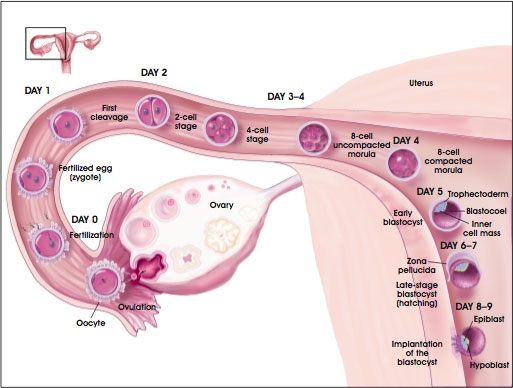The first time you see a patient, you should perform a full history and physical. If you keep the steps of your first, and fullest note in mind, then you will not forget anything:
- The History of Present Illness (HPI): the full story about what brought the patient into the hospital
- Past Medical History: a list of the patient's medical conditions
- Medications: what medications the patient takes, including anything over the counter, vitamins, and supplements
- Allergies: and what happens when exposed to the allergens
- Past Surgical History: the patient's past surgeries and an approximate year in which they took place
- Family History: any medical conditions which run in the family, with focus primarily on the patient's parents and siblings
- Social History: sometimes the most difficult part to ascertain, it should always include the patient's past or current use of tobacco, alcohol, or illicit drugs; sexual history, employment, etc., also fall under this category
- Vital signs
- Physical exam
- Test results
- Clinical assessment: a brief sentence summarizing the patient's presentation and reason for admission
- Assessments: differential diagnosis, as well as any other conditions which need treatment
- Plans: treatment for all assessed conditions, including any tests to help eliminate differentials
When presenting the patient for the first time, do it in the same order as your history and physical. Be sure to report vitals in your presentation even if they all fall within normal limits. When presenting the physical, you may condense it to only the positives. When presenting test results, always mention such numbers as hemoglobin, creatinine, etc., as well as any values which fall out of normal range. For any radiological tests summarize the radiologist's findings.
Not all physicians expect a lengthy presentation. For instance- some physicians will want a condensed version: what brought the patient in along with any pertinent information all summarized into a sentence; followed then with an assessment and plan. Similarly not all will want the exact history and physical I have laid out in this post. All will expect an understanding of what you write and present. If you lack knowledge on a certain topic read up on it.
The importance of the history and physical has come into question by some, but research does not agree with such opinions.

Pryor DB, Shaw L, McCants CB, Lee KL, Mark DB, Harrell FE Jr, Muhlbaier LH, & Califf RM (1993). Value of the history and physical in identifying patients at increased risk for coronary artery disease. Annals of internal medicine, 118 (2), 81-90 PMID: 8416322
Viner S, Szalai JP, & Hoffstein V (1991). Are history and physical examination a good screening test for sleep apnea? Annals of internal medicine, 115 (5), 356-9 PMID: 1863025
The importance of the history and physical has come into question by some, but research does not agree with such opinions.
Pryor DB, Shaw L, McCants CB, Lee KL, Mark DB, Harrell FE Jr, Muhlbaier LH, & Califf RM (1993). Value of the history and physical in identifying patients at increased risk for coronary artery disease. Annals of internal medicine, 118 (2), 81-90 PMID: 8416322
Viner S, Szalai JP, & Hoffstein V (1991). Are history and physical examination a good screening test for sleep apnea? Annals of internal medicine, 115 (5), 356-9 PMID: 1863025




